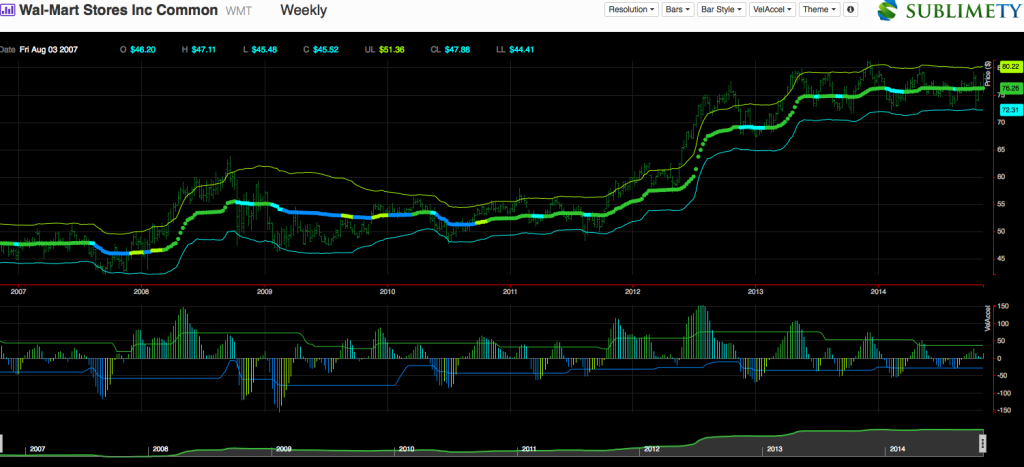Four Biases That Will Destroy Your Portfolio
Post on: 16 Март, 2015 No Comment

Focus on the facts; investor, avoid these biases if you don’t want your portfolio to collapse.
Behavioral finance has provided great insights on how investors make their decision and how it affects their returns. Sometimes, investors build up biases and make their decision according to these biases without considering the amount of risk they are taking or where they are investing.
These biases can destroy an investor’s portfolio if they are in the world of investing for the long term. Consider this: in March of 2009, when the key stock indices hit rock bottom, was it a good time to buy into equities, or go against them? Obviously, at the moment, it was very difficult to judge where the markets were headed; but those who made up their minds that key stock indices were only going down suffered severe losses. Since then, key stock indices, like the S&P 500, have more than doubled.
With that said, when it comes to investing, if investors avoid having a bias and focus on the facts, then they can reap the rewards—and their portfolio will be better off for it. There are many biases an investor might make, but the following four biases can make a major dent compared to the others.
Bias #1: False Consensus
When an investor makes false consensus, they believe that everyone in the market is thinking the same thing as them. For example, they look at a company and assume that other market participants are going to run towards it as well and buy it. There can be many reasons for false consensus, but in the end, investors must understand their reasoning may not resonate with others.
Bias #2: Law of Small Numbers
In essence, the law of small numbers bias means that small amounts of data do not draw a complete picture. This bias occurs when an investor jumps to a conclusion based on a relatively small amount of data and makes an investment decision based on that conclusion. For instance, if you see key stock indices climbing on any given day, what is the possibility that they will go up the next day? Without considering other factors, if you try to predict the next day’s open to be higher just by looking at a week’s data, then there will appear to be a higher chance that key stock indices will go higher as compared to looking at data from the past decade—which would provide a more accurate picture.
If an investor follows the law of small numbers bias, then they lose track of the long-term picture and can certainly be hurt in hindsight.
Bias #3: The Gambler’s Fallacy
When investors make the gambler’s fallacy, at the very core, they are trying to play against the odds. For instance, if key stock indices have risen two days in a row, if investors believe they can’t go up any more just because of their rise in the past two days, then they are making a gambler’s fallacy. This might be similar to betting that a coin-flip will end in a tails simply because it landed on heads the flip before, since the odds that it will land on tails are still 50%.
Bias #4: Wishful Thinking
If the market is headed lower and an investor continues to believe that it will eventually move upward, then they are caught in the wishful thinking bias. This kind of bias can also be attributed to individuals holding a losing position in hopes that it will eventually rise in value—without considering that if something declines 50% in value, it must increase 100% to break even.
Being aware of and avoiding these four major investor mistakes could help save your investment portfolio.














